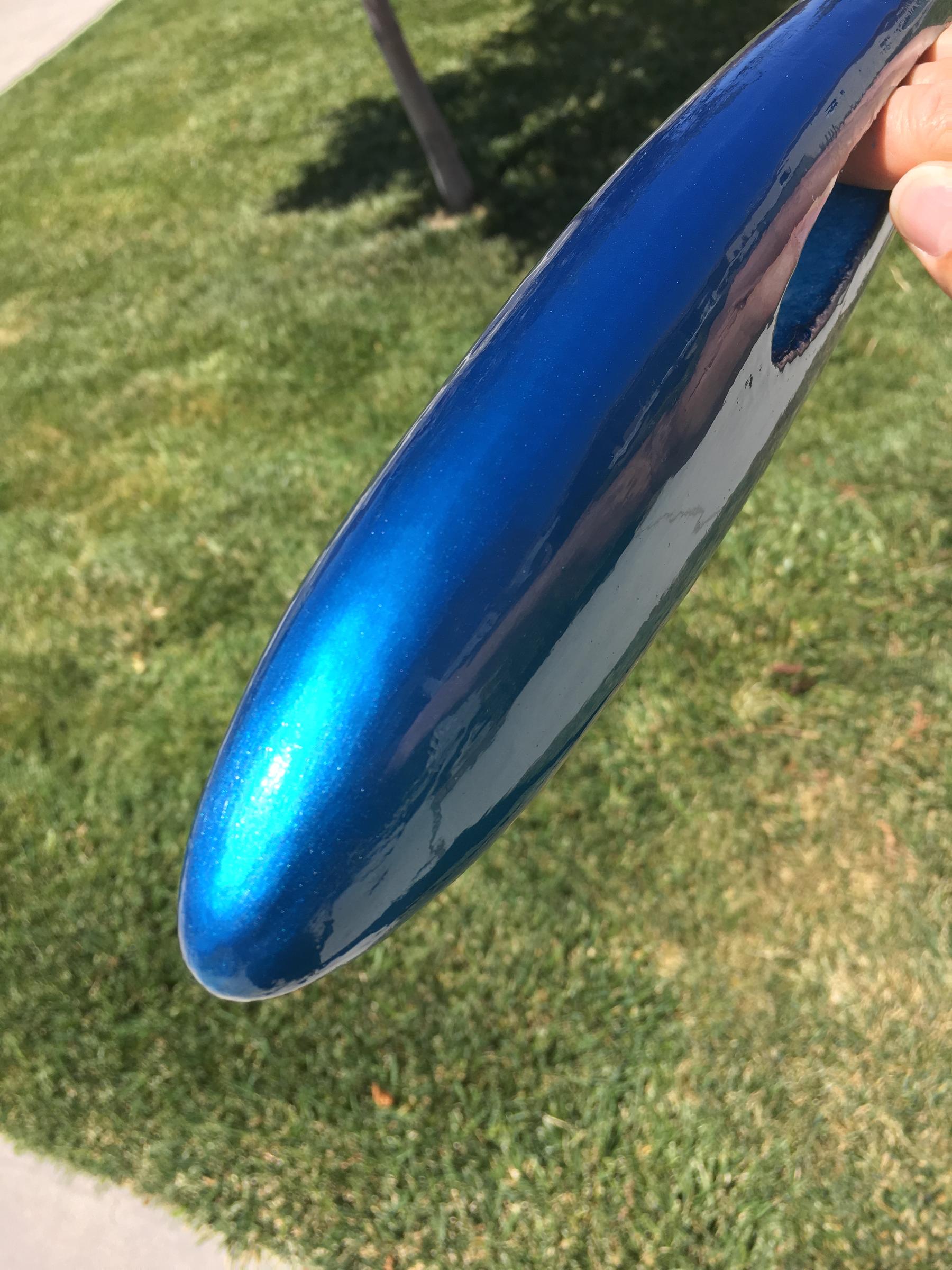You have to remove the bumper to replace it? 
On most cars, it just pops out if you pull it!
Rock Auto has one for $15 which is about the price of a can or tube of Flex Seal
On most cars, it just pops out if you pull it!
Rock Auto has one for $15 which is about the price of a can or tube of Flex Seal

